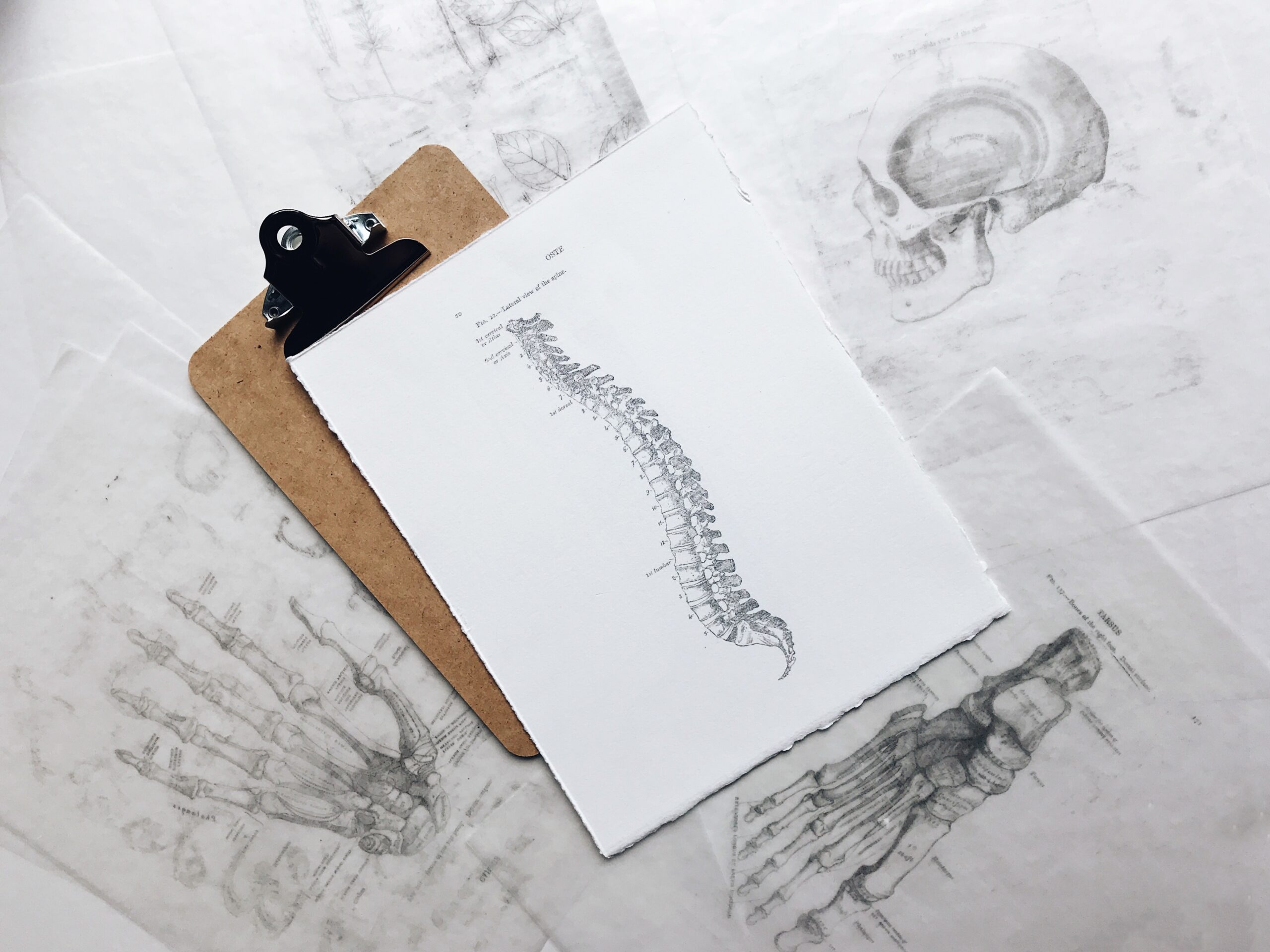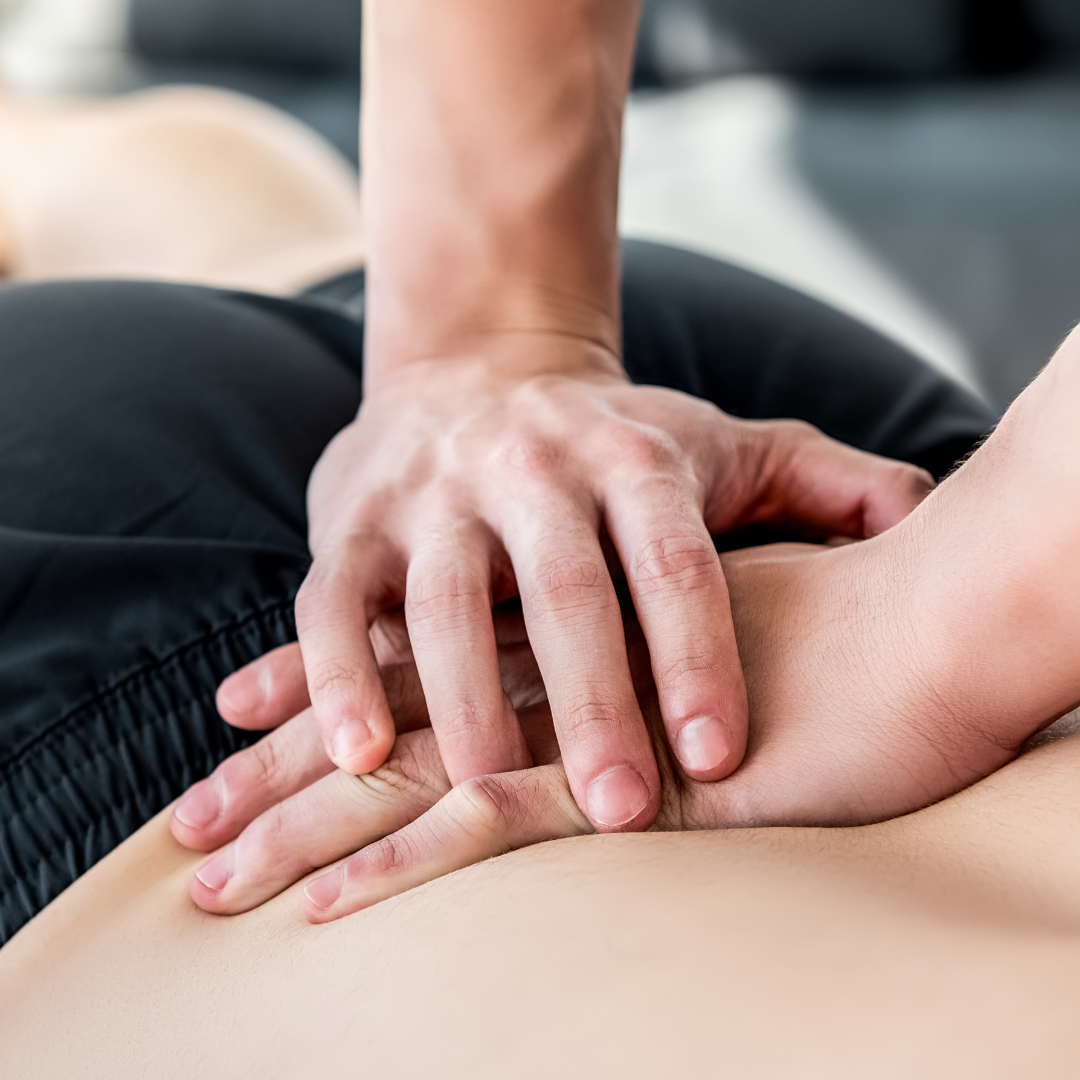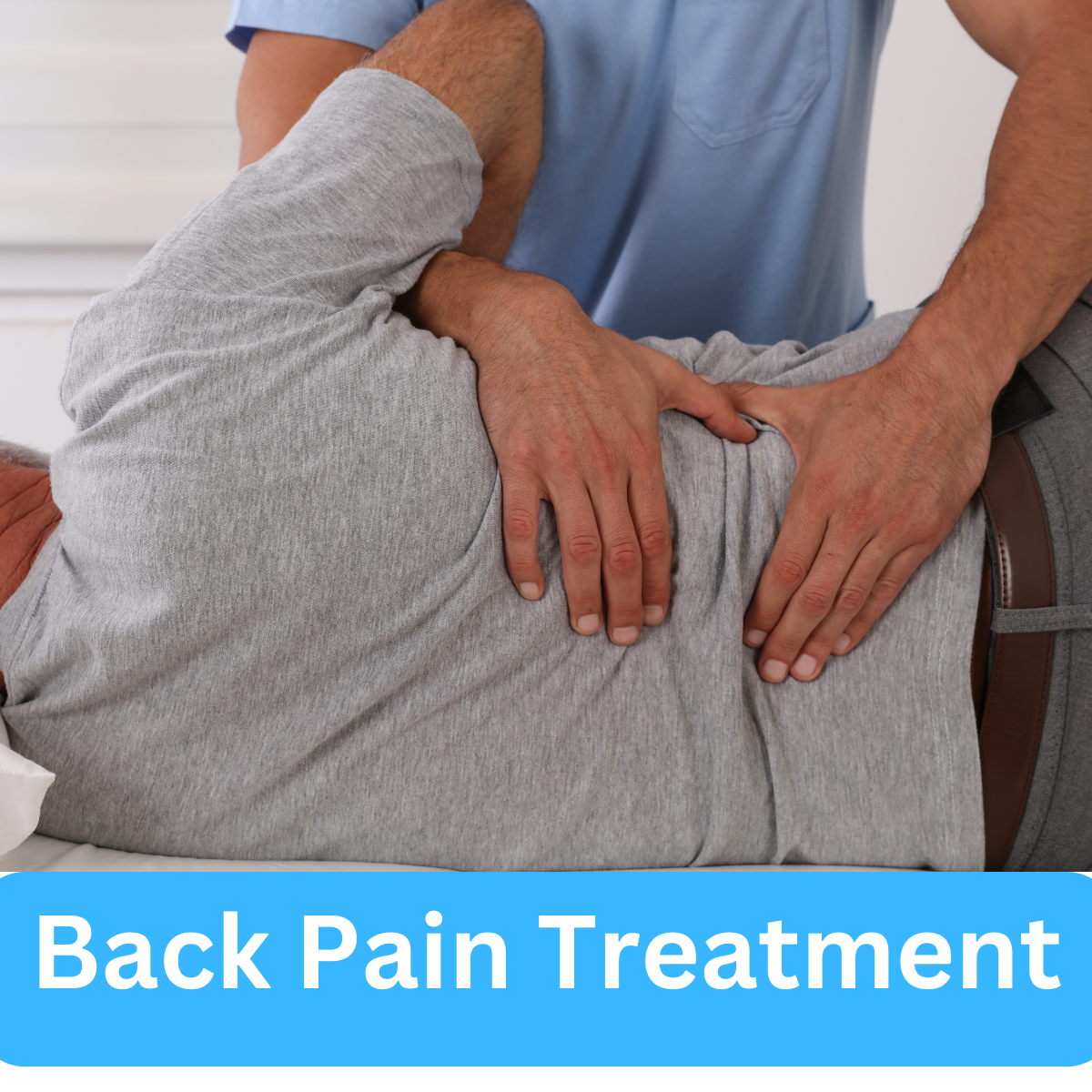Back and Neck Pain - Here's What to Do
We all know that our neck and back are very important to us. They allow us to move around, carry things, and just have a generally good time. In some cases, our necks and backs can become painful and make it difficult for us to do the everyday tasks we need to get done in a day. This article will discuss what you can do if your neck or back hurts so that you can be pain free again.
Lower back pain and neck pain are common problems that can be caused by a variety of factors, including poor posture, muscle tension, and injury. Fortunately, there are a number of treatment options available for those suffering from these conditions. One of the most effective treatments for lower back pain and neck pain is mobilisations and manipulations , Massage, Dry Needling and Exercises Programmes for the pain
At Fully Fit Therapy we offer all of the above ot help with Back and Neck Pain. So if you are in Gloucester, Cheltenham, and Newent we can provide effective treatment for lower back pain and neck pain. If you are suffering from either of these conditions and are further afield we encourage you to seek out the help of a qualified practitioner in your area.
What Causes Lower Back and Neck Pain?
There are several things that can cause lower back and neck pain. In some cases, it may be due to an underlying medical condition. In other cases, it may be the result of poor posture or an injury.
Some of the most common causes of lower back and neck pain include:
• Muscle strain:This can happen when the muscles in your back or neck are overworked or strained. It is often the result of lifting heavy objects, sudden movements, or poor posture.
• Joint dysfunction:This occurs when the joints in your spine are not moving properly. This can be due to arthritis, disk degeneration, or a previous injury.
• Nerve compression:This happens when the nerves in your spine are compressed or pinched. This can be caused by herniated disks, spinal stenosis, or bone spurs.
If you are experiencing back or neck pain, it is important to see a doctor to rule out any underlying medical conditions. Once a diagnosis has been made, there are a number of treatment options available to help relieve your pain and improve your quality of life(Low Back Pain: Causes, Diagnosis & Treatments, n.d.).
How to Deal with Lower Back and Neck Pain
If you’re experiencing lower back and neck pain, there are a few things you can do to find relief. First, it’s important to identify the source of your pain. If your pain is due to a muscle strain, you can try applying ice or heat to the affected area. You can also take over-the-counter pain medication such as ibuprofen or acetaminophen.
If your pain is due to a more serious condition such as arthritis, disc problems, or spinal stenosis, you may need to see a doctor for treatment. Treatment options for these conditions may include physical therapy, steroid injections, or surgery.
No matter what the cause of your lower back and neck pain, there are ways to find relief. Be sure to talk to your doctor about all your treatment options so that you can find the best solution for your situation.
What Can You Do to Avoid Lower Back and Neck Pain?
There are a few things you can do to avoid lower back and neck pain. Firstly, make sure that you maintain good posture when sitting or standing. Secondly, take regular breaks from sitting or standing in one position for long periods of time. Thirdly, exercise regularly to keep your muscles strong and flexible. fourthly, use a supportive chair or pillow when sitting. And finally, see your doctor if you experience any persistent pain(Common Posture Mistakes and Fixes - NHS, n.d.).
Treatments for Lower Back and Neck Pain
There are several treatments available for lower back and neck pain, depending on the cause and severity of the pain. For example, if the pain is due to muscle strain, rest and over-the-counter pain medication may be all that is needed. If the pain is more severe, such as from a herniated disc or spinal stenosis, physical therapy, epidural injections, and surgery may be required.
For those with chronic back or neck pain, massage therapy can provide relief. Massage therapists use their hands to knead muscles and loosen knots that can cause pain. Massage can also increase blood flow to the area, which helps to reduce inflammation. Fully Fit Therapy provides a wide range of massage techniques that can be tailor made to each client.
Acupuncture also known as dry needling is another option for treating back and neck pain. This practice involves inserting thin needles into specific points on the body. This is thought to release endorphins, which can help to relieve pain. Fully Fit Therapy also provides Dry Needling as a service to help with the tight muscles from neck and back pain and also for pain management
Chiropractic care is also a popular treatment for back and neck pain. Chiropractors use their hands to manipulate the spine and other joints to realign them. This can help to take pressure off nerves and relieve pain. Fully Fit Therapy offers Chiropractic Manipulations and Osteopathic Mobilisations.
These are just a few of the many treatment options available for back and neck pain. It is important to talk with your healthcare provider to determine what will work best for you based on the cause of your pain (Furlan et al., 2010).
How to Treat Lower Back and Neck Pain
1. Check Your Posture
The first step in treating lower back and neck pain is to check your posture. Poor posture can put unnecessary strain on your spine, causing pain. Sit up straight with your shoulders back and your chin tucked in. Stand tall with your shoulders back and your weight evenly distributed on both feet. When you’re lying down, keep a pillow under your knees to maintain the natural curve of your spine. Fully Fit Therapy we can do a posture assessment and scan to get to the route cause of your back and neck pain.
2. Use Heat or Ice
Applying heat or ice to the affected area can help relieve pain and inflammation. Heat therapy dilates blood vessels and promotes blood flow, which helps relieve muscle tension and spasms. Ice therapy numbs the area and reduces inflammation. Do not apply ice directly to the skin; wrap it in a towel first. Apply heat or ice for 20 minutes at a time, several times a day.
3. Take Pain Medication
If over-the-counter pain medication isn’t enough to relieve your pain, your doctor may prescribe stronger medication. Commonly prescribed drugs include nonsteroidal anti-inflammatory drugs (NSAIDs) such as ibuprofen or naproxen, muscle relaxants, and opioid analgesics such as oxycodone or hydrocodone. These drugs can have side effects, so be sure to follow the directions on the label carefully and talk to your doctor about any concerns you have.
4. Try Physical Therapy Exercise Plan
Physical therapy can help stretch and strengthen the muscles in your neck and shoulder as well as your lower back and glutes. There isn't one magic exercises for neck pain and one for back pain but a whole group of exercises for both have been found to help. Unfortunately you can't just rely on having a massage and some manipulations to completely fix your neck or back pain.
Fill out your details below to Instantly claim £20 off your first massage or injury treatment session to help your back pain!
Conclusion
If you are someone who suffers from back or neck pain, I hope this article has given you some useful tips on how to manage it. Remember, the most important thing is to stay active and to keep moving your neck and back as much as possible. If you can do that, then you will be well on your way to recovery. For a session to help your back or neck pain, click the contact page to sort a session out for yourself today.
Remember Fully Fit Therapy is Mobile and covers Newent, Gloucester, Cheltenham and Tewkesbury. Rob also works out of his own clinic at The Old Barn, Upleadon, Newent, Gloucester, GL18 1ED.
Reference:
Common posture mistakes and fixes - NHS. (n.d.). Retrieved November 22, 2022, from https://www.nhs.uk/live-well/exercise/strength-and-flexibility-exercises/common-posture-mistakes-and-fixes/
Furlan, A. D., Yazdi, F., Tsertsvadze, A., Gross, A., van Tulder, M., Santaguida, L., Cherkin, D., Gagnier, J., Ammendolia, C., Ansari, M. T., Ostermann, T., Dryden, T., Doucette, S., Skidmore, B., Daniel, R., Tsouros, S., Weeks, L., & Galipeau, J. (2010). Complementary and alternative therapies for back pain II. Evidence Report/Technology Assessment, 194, 1. /pmc/articles/PMC4781408/
Low Back Pain: Causes, Diagnosis & Treatments. (n.d.). Retrieved November 22, 2022, from https://my.clevelandclinic.org/health/diseases/7936-lower-back-pain



